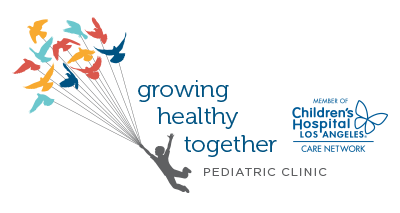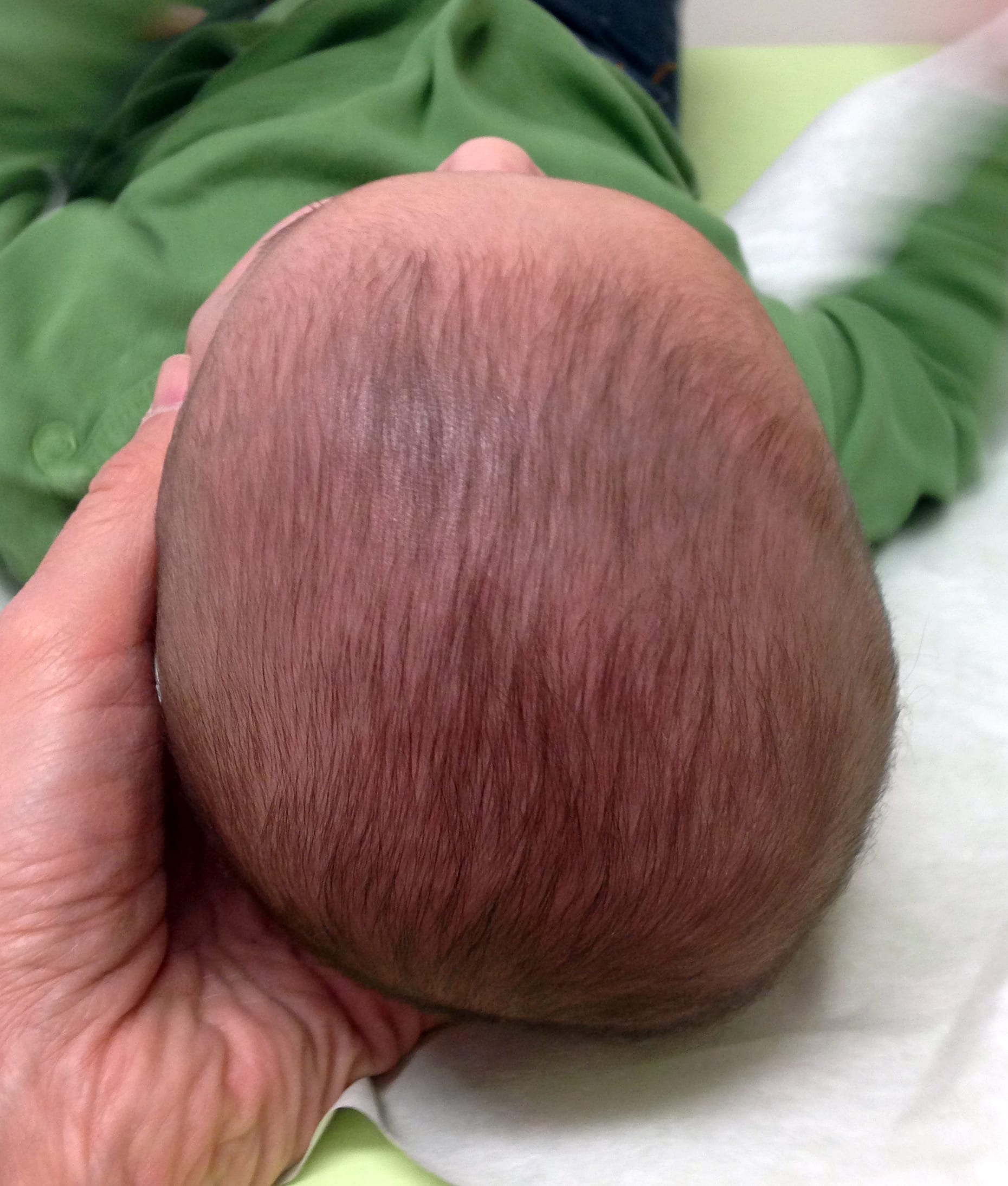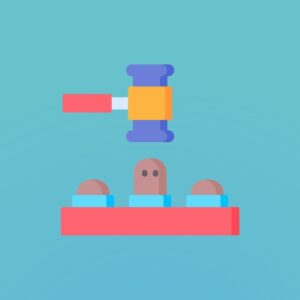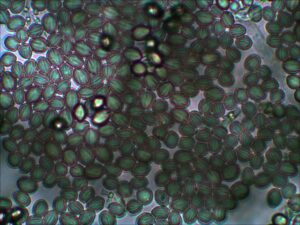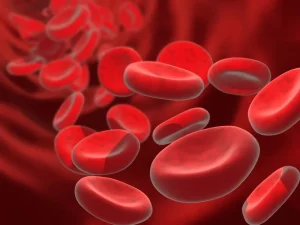Plagiocephaly, commonly “flat head syndrome,” is a common disorder causing babies’ heads to develop a flat spot on the back or side of the head. This flattening is usually due to repetitive pressure on a particular part of the head. For example, some babies develop a flattened spot when sleeping in the same position regularly. Plagiocephaly can also be caused by positioning in the womb, recovery in the neonatal intensive care unit (laying in one attitude for a long period of time), and muscular torticollis (shortened neck muscle). Most importantly, this condition is not your fault and can be easily corrected.
Studies show that 20-25% of infant back-sleepers end up developing plagiocephaly. The American Academy of Pediatrics (AAP) and other pediatric organizations recommended that infants sleep on their backs to reduce the risk of SIDS (Sudden Infant Death Syndrome) back in the 1990s. As a result, there has been an increase in infants diagnosed with plagiocephaly since that recommendation.
Babies’ skulls are relatively pliable. When we’re born, our skull isn’t fully fused, leaving some small gaps, and a soft spot called a fontanel. This results in a skull that is supportive of growth, though susceptible to altering the shape. This condition is more common in premature infants whose skulls are even more pliable when born than fully formed infants.
This condition is benign, is not painful, and is reversible.
Diagnosis
You can assess your baby’s head at home to determine if you think your baby should be evaluated for plagiocephaly. Look at your baby’s head from multiple angles to observe head shape, ear alignment, and facial symmetry. Cranial Technologies has a great online assessment to help you determine how normal your baby’s misshapen head is. Contact your pediatric healthcare practitioner or the practitioners at Cranial Technologies to have your baby evaluated.
Symptoms
Symptoms of plagiocephaly are minor if present at all. Children with plagiocephaly do not experience any pain and this condition should not alter your infant’s life in any significant way.
Treatment
- Exercise
- Varying sleep position
- Wearing a corrective headbands /helmets
- Using molding cups
Treatment of plagiocephaly is usually for future well-being and your child’s social and self-image. In later life, children with untreated plagiocephaly may have some challenges using certain equipment or fitting into eyeglasses. In addition, plagiocephaly can cause some jaw misalignment. Your infant will not suffer from neurological damage or pain later in life if you do not treat for plagiocephaly.
Prevent plagiocephaly at home by supervising any tummy time. Utilize reposition techniques in order to minimize too much time spent in one position.
Craniosynostosis
Craniosynostosis is similar to plagiocephaly in that it causes baby’s heads to become misshapen. However, in the case of craniosynostosis, the infant’s skull bones have melded together in a shape that appears similar to plagiocephaly, though requires surgery to repair. Craniosynostosis is a serious condition that can lead to neurological damage or deformity, whereas plagiocephaly is easily correctable. Your pediatric healthcare practitioner is able to help you discern the difference, or refer you to a practitioner that can.
Helmet Therapy
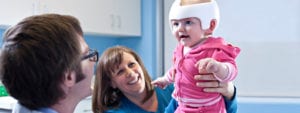
Helmet therapy is simply the use of a special head brace, or cranial orthosis, to help correct your infant’s head shape. Used during active growth, these helmets can help to direct skull growth in a more even manner. Helmets are typically recommended by your pediatric healthcare practitioner after your child’s head shape has been evaluated.
Insurance companies often recommend you to take at-home steps before covering a helmet or other kind of therapy. These steps typically include repositioning techniques and monitoring your infant’s movement.
We, at GHT, use Cranial Technologies to assess and treat kids with plagiocephaly. Their website has a great at-home assessment page that can be helpful in determining whether you think your child may have plagiocephaly. Cranial Technologies also includes a great collection of resources for parents of infants with plagiocephaly.
As always, please contact us with any and all questions, or respond to this blog in the comment section below.
